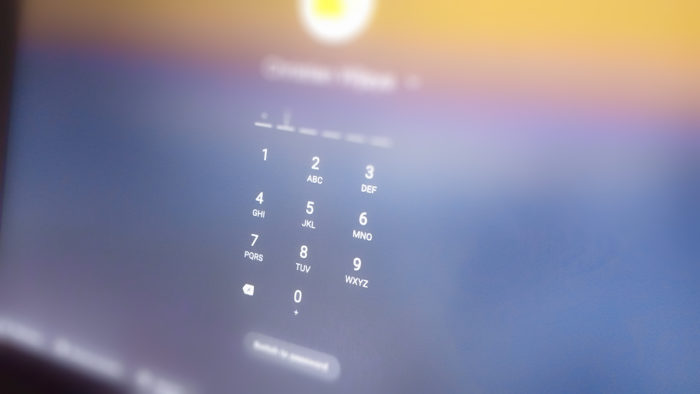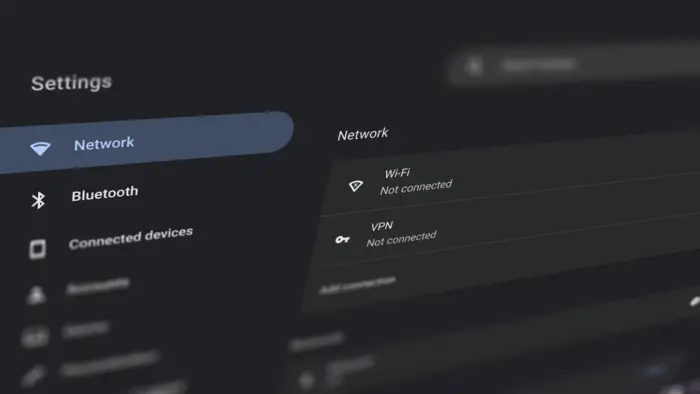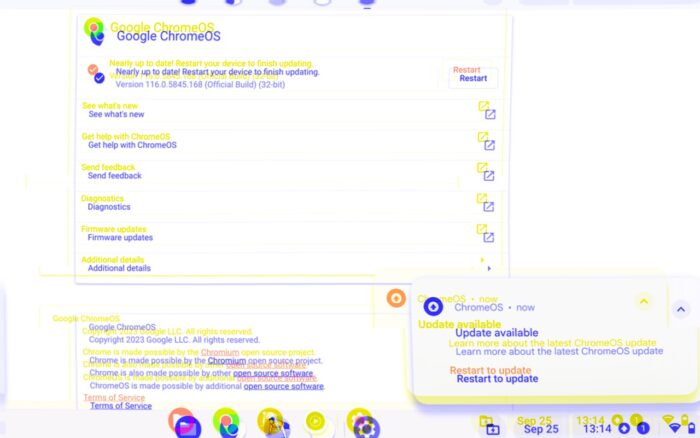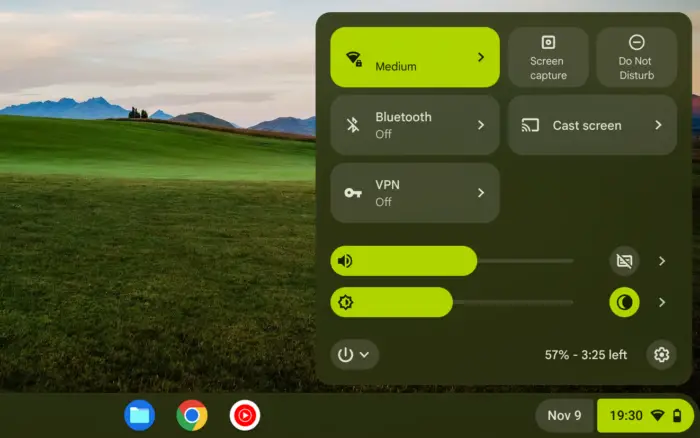As more and more people shift to using Chromebooks for their daily computing needs, a common problem arises – low storage capacity. This can be frustrating especially when you need to install new apps or store important files. Fortunately, there are simple ways to increase the storage on your Chromebook without breaking the bank.
In this article, we’ll explore 6 easy methods you can use to increase your Chromebook’s storage capacity. Whether you’re a student, a professional, or just a casual user, this guide will help you optimize your Chromebook’s storage and improve your overall computing experience. With these tips, you’ll be able to store more files, install more apps, and enjoy a faster and more efficient Chromebook.
Let’s go!
Table of Contents
Clean up unnecessary files
While this is technically not a direct way to increase the Chromebook storage, it’s still a good practice to free up some valuable space from the device. Thankfully, you can check how much storage is left on your Chromebook and see what apps or files that are taking up the most room. Here’s how.
- Go to Launcher
- Open the Settings app
- Navigate to Device > Storage management


On that page, ChromeOS will compile a list of data that you might want to take a closer look at and decide whether or not they should stay. Deleted apps will be transferred to the Trash folder which then you can purge immediately or wait for 30 days for automatic deletion.
Add an SD card to the device
Some Chromebooks are shipped with an external storage slot, particularly a microSD slot to expand the storage. This storage form is extremely small but it comes in various capacities like 64GB, 128GB, 256GB, and the bizarrely 1TB microSD which you can buy today.
If you happen to have one of these laying around, you can insert it into the Chromebook to add its storage. The configuration can be found via Launcher > Settings > Device > External storage preferences.
Use a USB drive


If your Chromebook doesn’t have a microSD slot (like mine), then at least I’m sure that it has a USB port, either a USB-A port or USB-C. You can take advantage of this port by attaching a USB drive storage to supplement the capacity demand of the device. This is a great way to store something that is not frequently accessed but still needed
The attached USB drive will appear on the left side of the Files app. As a note, make sure to safely eject the USB drive before unplugging it.
Utilize an external SSD
Another way to increase the Chromebook storage capacity is by adding an external SSD. This device is not only fast, but also compact enough to be portable and travel-friendly. One name that I could think of is the Kingston XS2000 — a pocket-size SSD that offers lightspeed performance and enhancement.
You can also use an external HDD instead for a cheaper alternative. However, it won’t be as fast as SSD. But if you don’t mind the slow performance, an external HDD can be a good option.
Swap out the internal SSD for a bigger one
Okay, this one is not that simple. This is arguably the most difficult method to add more storage, but it is still worth mentioning regardless. Some Chromebooks are using a regular 2.5-inch or M.2 SSD as their main storage unit. It’s possible to swap out the existing SSD and then replace it with a higher-capacity one.
However, this method is probably not for everyone as deep technical knowledge is required and there is a huge risk involved. At the very least, it will void your warranty, worse, it may damage your Chromebook permanently if done without proper caution. So, please consult a technician beforehand.
Start storing some files online
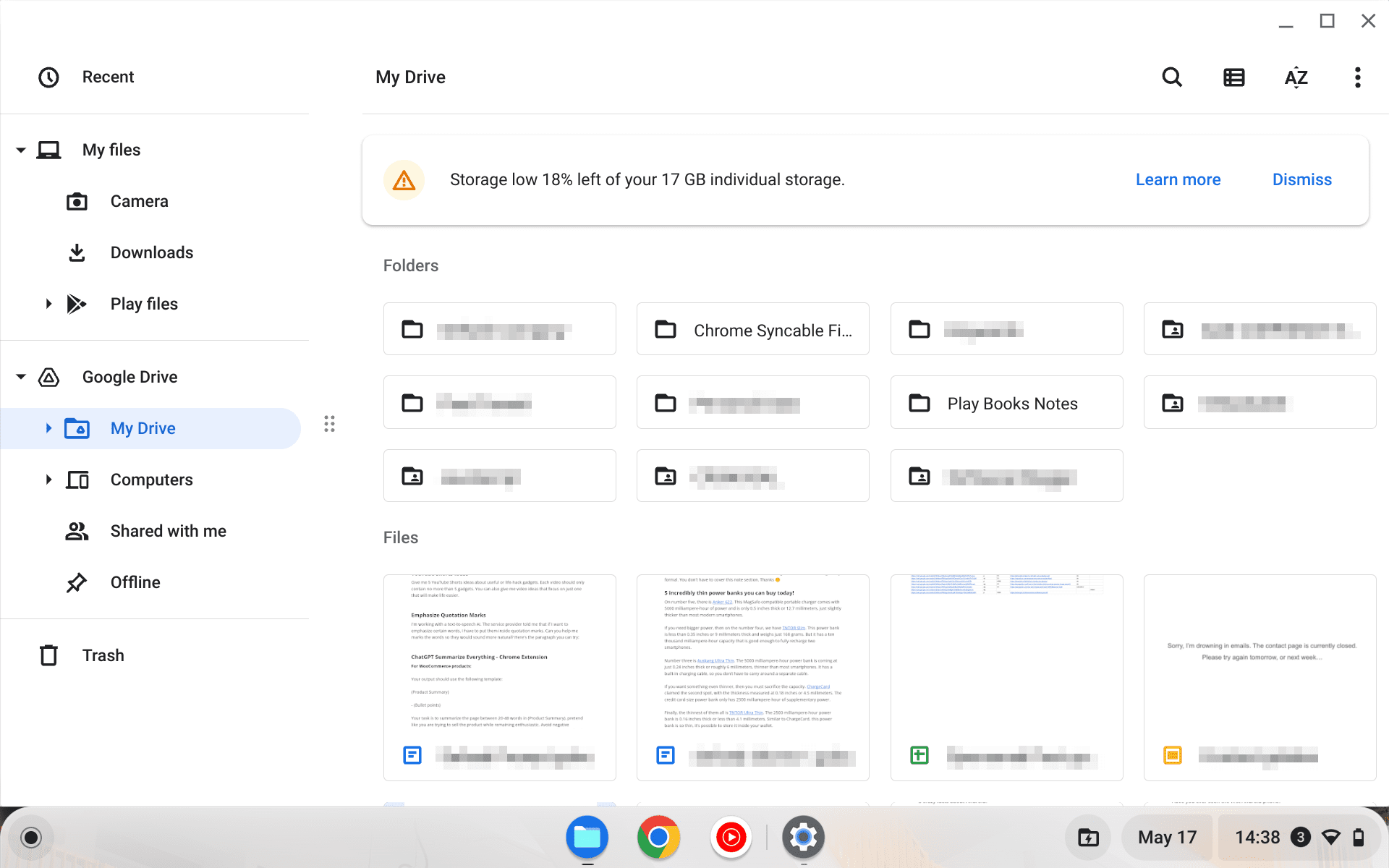

ChromeOS is designed to be closely integrated with cloud services, particularly Google Drive. Every Google account is entitled to a free 15GB of online storage which is big enough to store everyday files like documents, photos, music, and even videos.
If you are not using Google Drive on your Chromebook, you are missing out. The Google Drive menu is literally there, right at the left side menu on the Files app. Here, you can access the online files instantly as they were stored offline in the device. You may even copy the files to the local storage to access them later with an internet connection.
Plus, Google Drive offers a host of collaborative features that make it perfect for group projects and remote work. You can share files and folders with others, set permissions, and even work on documents together in real time. And since all your work is stored in the cloud, you never have to worry about losing anything if your Chromebook is lost or stolen.
FAQ
Can you add more storage to Chromebook?
Yes, you can add more storage to a Chromebook. While most Chromebooks have limited storage space, you can expand it by using external storage devices such as USB drives or SD cards.
Another option is to use cloud storage services such as Google Drive or Dropbox to store your files and access them from anywhere. With these options, you can easily increase your Chromebook’s storage capacity and keep all your important files safe and accessible.
Why is Chromebook storage so low?
Chromebooks have limited storage capacity due to their cloud-based operating system. Google designed ChromeOS to rely heavily on cloud storage, thus reducing the need for large amounts of on-device storage. This approach allows Chromebooks to be more affordable and lightweight, making them ideal for students and casual users.
Again, if you need more storage, you can start cleaning up unnecessary files, installing an SD card, adding an external SSD, as well as utilizing Google Drive to work in tandem with Chromebook.
Can you put an SD card in a Chromebook?
Yes, you can put an SD card in a Chromebook. Some Chromebooks have a built-in SD card reader that allows you to expand your device’s storage capacity. To insert an SD card, simply locate the SD card slot on your Chromebook and insert the card. You should hear a click when the card is securely in place.
Once the SD card is inserted, you can access the files stored on it through your Chromebook’s file manager (Files). From there, you can transfer files to and from the SD card as needed.
How do I claim 100GB on my Chromebook?
You can claim the free 100GB of cloud storage by going to Chromebook Perks, then find Google One, and click Get perk. From there, you can follow the instructions on the screen to get free online storage for 12 months. You won’t be charged for the first year but you have to pay if you want to continue using the service afterward.

